Norwegian patronyms
Here are a few questions about Norwegian patronyms that are often raised.
A patronym, or patronymic, is a component of a personal name based on the given name of one’s father. A component of a name based on the name of one’s mother is a matronymic, but this is very rarely seen. I have written an article about Norwegian naming that you might want to have a look at.
When we look at these questions, we need to know that the law about person names in Norway was not put in place until 1923. Before this, the only part of a person’s “identification information” that in fact was a name, was their given (first) name. Both the patronym and the farmname was additional information to help identify the person. A person name recorded after 1923 should, of course, be recorded without any regards to the questions discussed here.
Patronym endings
Whenever the question about what is the correct ending of the patronym in Norway is raised, we can just as well break out the popcorn. We’re in for a long night.
Looking at this church record from 1754, these names are found on the same churchbook page.


Sometimes we see the -son ending used e. g. Hansson and hear “They are using Swedish spelling!! There must be a Swedish connection, we must look for this person in Sweden!!” Nope, the “son” ending is as Norwegian as the other two. Actually, the son ending is how the word son is pronounced in many dialects. This word was formalised with the introduction of Nynorsk. (You might want to have a look at my article about Norwegian languages)
If we were doing statistics we would find that one or the other of the endings -sen, -son and søn occur more often in this or that Scandinavian country.
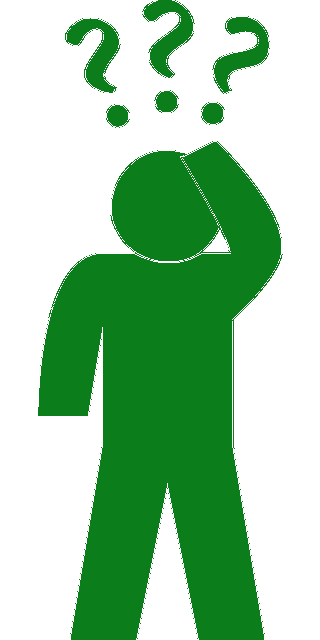 As genealogists, the only thing we need to know about these endings, is that the -sen, -son and -søn endings all occur in Norway. If there is nothing else that indicates that the person you are looking at originates outside Norway, there is no reason to extend your search to Sweden or Denmark. If anything, the use of endings might say something about the official writing the record’s origin.
As genealogists, the only thing we need to know about these endings, is that the -sen, -son and -søn endings all occur in Norway. If there is nothing else that indicates that the person you are looking at originates outside Norway, there is no reason to extend your search to Sweden or Denmark. If anything, the use of endings might say something about the official writing the record’s origin.When it comes to females, the two possible endings are -datter or -dotter. They are both found in Norway and neither of them indicates any foreign connection. Formally, -datter is the Bokmål version while -dotter is the Nynorsk version. The use of these in speech depends on dialects.
What ending should you use? A lot of genealogists will immideatly answer that we should record the names exactly as they are written in the sources. That is of course true, but most of us, at some point, will be forced to make a choice as we find the same person’s name spelled differently in different sources. Sometimes abbreviations are used such as Hanss. or Pedersd. As I spell out the patronyms i.e. Hansson/Pedersdotter (I use Nynorsk) I have had to make a choice. I share my views on recording names in my article How I record person names.
A genealogist I just talked to use datter/sen for Norwegians and dotter/son for Swedes. I think that this differentiation sounds like a good idea when having both Norwegian and Swedish ancestry. In my opinion it really doesn’t matter what you write as long as you do it consistently. I mostly write Bokmål, but have chosen to write my family history in Nynorsk as this is closest to the dialect we speak here in Romsdal.
S’s in patronyms
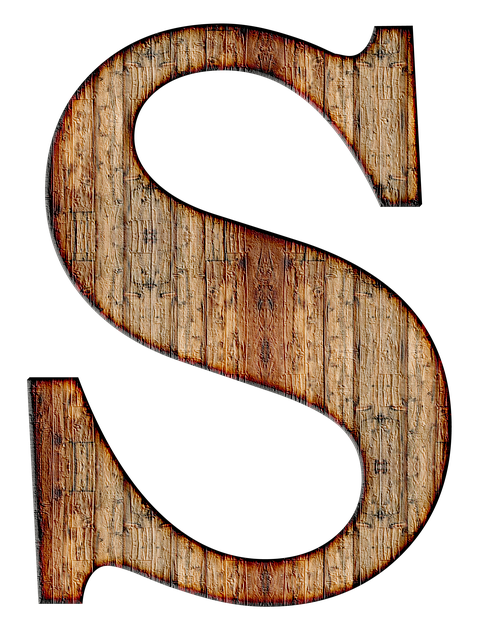 Recently I saw someone asking about how many s’s there should be in a patronym. I commented on the question, but as I have had time to put some more thought into this I want to elaborate a little bit on this question.
Recently I saw someone asking about how many s’s there should be in a patronym. I commented on the question, but as I have had time to put some more thought into this I want to elaborate a little bit on this question.
As I mentioned above; ideally we record the names as they are written in the sources. If you are forced to make a choice, you may consider the following.
Looking at patronyms we need to remember that these are genitive or possessive case expressions. We are talking about someone’s son or daughter.
For males there are three possibilities. You can follow the grammar rule: Hans’ son or Peder’s son → Hansson or Pedersson. Many of the patronyms are today used as surnames such as Hanson/Pederson. If you search the Norwegian white pages you find both versions used as sunames today, but the “one s” version is by far the most common. Grammatically it would be correct to spell the patronyms with two s’s, but as these are so commonly spelled with one s today, I think it is acceptable to record them this way. The third option is to go with two s’s in names that ends in s; e.g. Andreasson and one s in names that don’t; e.g Pederson. This is entirely your choice.
For females you should follow the grammar rule. Hans’ datter or Peder’s datter. (In Norwegian we don’t use apostrophe in front of genetiv s. I use it here to illustrate). Drop the apostrophe and you’re set: Hansdatter/Pedersdatter.
I have seen some occurences of female patronyms with two s’s e.g. Hanssdatter, Andreassdatter. If we keep in mind that patronyms in fact are Genetive case, this is grammatically wrong and, at least to a Norwegian, it looks wrong.
Compared to other variations in the spelling of names, the number of s’s in patronyms really doesn’t have any implications for identifying the person. Based on that, in my opinion, with males you can choose. With females I would go with one s. I think it should be done consistently. You can record the different versions as alternative names.
Please comment if any of this needs further clarification and share your views and experiences.

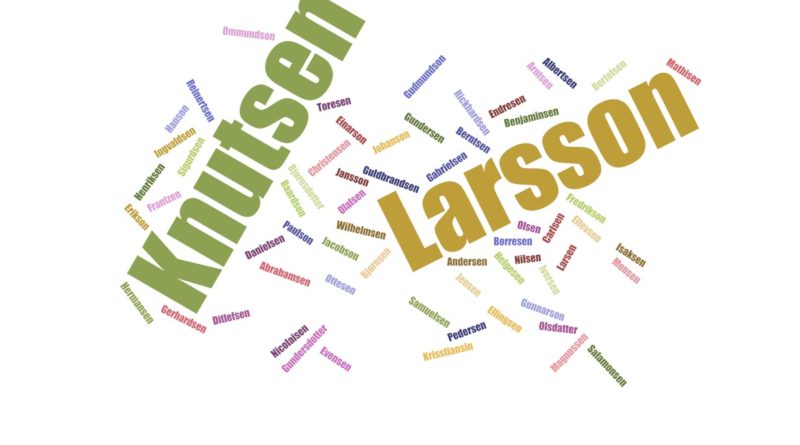

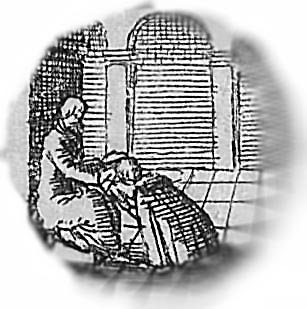

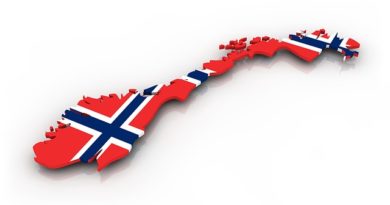
Very informative. I have used all the variation in my records because that is what I saw in the records I checked or were given to me by Norwegian or Swedish family members. I find them to be very interested in geneology and helpful with my searches to various records.
Thanks for your kind words Byron. It’s important that you find a solution that works for you.
Thank you again for all of your helpful insight and information! I’m glad you are there!
Thanks for your kind words Cynthia. It is my pleasure. I learn a lot and I get to “meet” a lot of nice people.
Martin,
I want to let you know that your blog post is listed in today’s Genealogy Fab Finds post at http://janasgenealogyandfamilyhistory.blogspot.com/2017/05/janas-genealogy-fab-finds-for-may-5-2017.html
Have a great weekend!
Thank you Jana, I truly appreciate that!
Thank you for the explanation. In non-Norwegian record sources, I often see the endings mixed indescriminately and that is very confusing. I like the advice you were given. That is; “A genealogist I just talked to use datter/sen for Norwegians and dotter/son for Swedes.” In the Oppland and Hemark areas from which my wife’s ancestors originate, I am used to seeing “datter/sen”. So; thankfully, that is what I’ve been using. No change needed :>)
I meant to say Oppland and Hedmark. I must be more careful.
Hey, Martin–
Thank you kindly for posting this. I recently had a “light bulb moment,” in other words, a sudden realization, when I learned about Bokmål and Nynorsk. Before, as you can imagine, I had wondered about the “Swedish spelling” of some Norwegian names.
I can tell from many of my cousins’ family trees (especially from Setesdal & Kviteseid), that many of my cousins prefer the Nynorsk spelling for our ancestors’ names, regardless of how the names were written in the church books during their lifetimes.
I wonder, is it typically a regional or personal preference, or can there be a political or other element to which spelling is preferred?